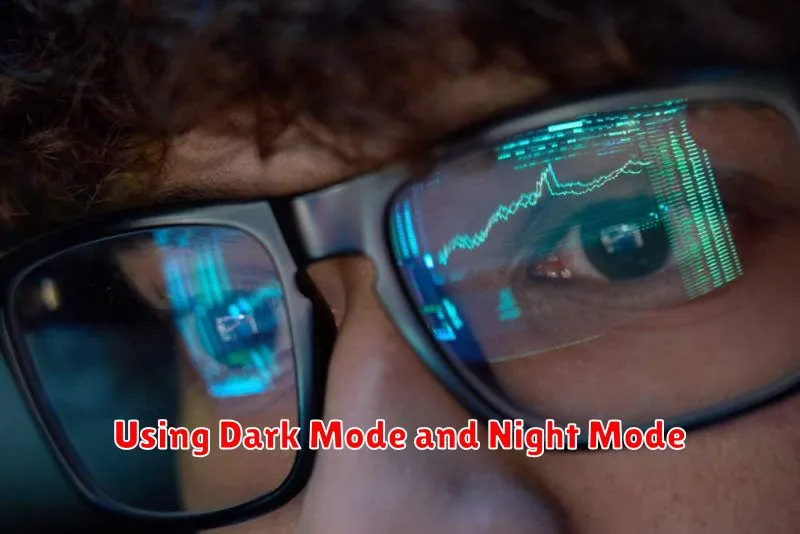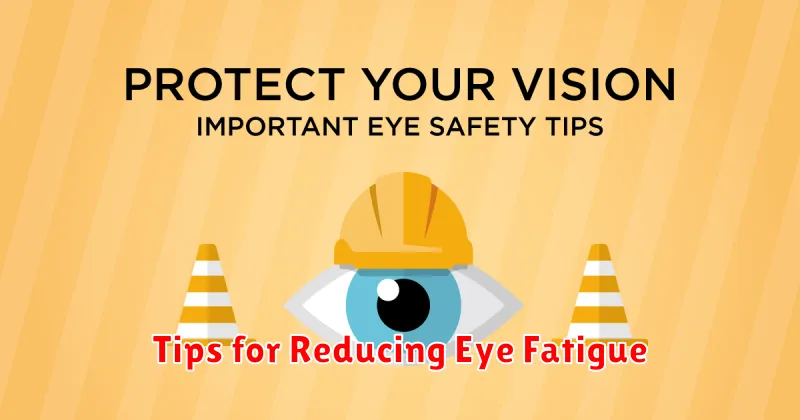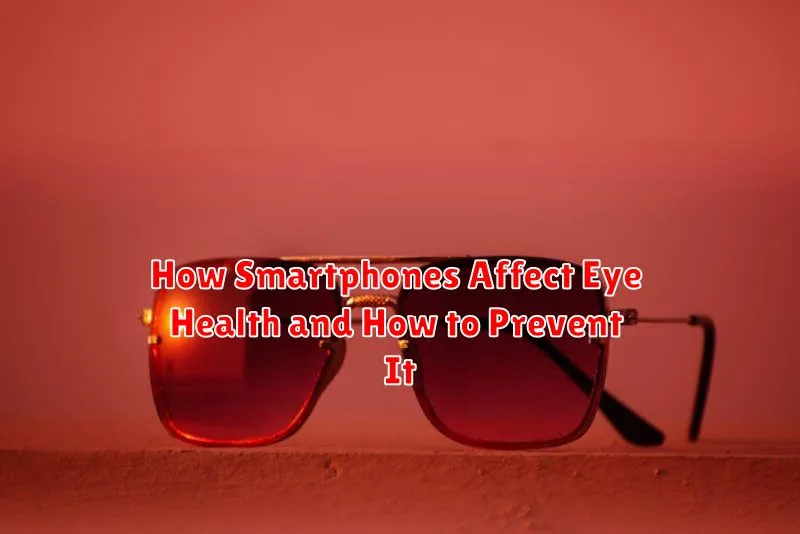In today’s digital age, smartphones have become indispensable tools, seamlessly integrated into our daily lives. However, this increased reliance on smartphones has raised concerns regarding the potential impact on eye health. Extended screen time, coupled with the emission of blue light, can lead to a range of eye problems including digital eye strain, dry eyes, blurred vision, and even long-term effects like nearsightedness. This article delves into the effects of smartphone usage on eye health and offers practical prevention strategies to mitigate these risks and maintain optimal vision.
Understanding the relationship between smartphones and eye health is crucial for safeguarding your vision in the long run. From the symptoms of digital eye strain to the prevention methods that can minimize its impact, this article will provide you with valuable insights into protecting your eyes in the digital age. We will explore the science behind how smartphone screens affect our eyes, discuss the prevalence of eye problems related to smartphone use, and outline actionable steps you can take to prevent or alleviate these issues. Learn how to balance your smartphone usage with eye health for a clearer, healthier future.
Blue Light and Its Effects
Blue light is a high-energy visible light emitted by digital screens like smartphones, tablets, and computers. It also occurs naturally in sunlight.
Prolonged exposure to blue light from devices, especially at night, can have several negative effects on eye health. It can contribute to digital eye strain, characterized by symptoms like dry eyes, headaches, and blurred vision.
More seriously, blue light can reach the inner lining of the back of your eye (retina) and may increase the risk of macular degeneration over time. This damage can lead to permanent vision problems.
Eye Strain from Prolonged Use
Extended smartphone use can lead to digital eye strain, also known as computer vision syndrome. Focusing on a small screen for long periods strains the eye muscles, leading to a range of uncomfortable symptoms.
These symptoms often include eye fatigue, dryness, blurred vision, headaches, and even neck and shoulder pain. The close proximity of the screen also reduces blink rate, exacerbating dryness and irritation.
Screen Brightness and Comfort
Screen brightness plays a significant role in eye comfort and overall eye health. Excessively bright screens can lead to eye strain, fatigue, and even headaches. Conversely, screens that are too dim can force you to squint, which also strains your eyes.
It’s crucial to adjust your screen brightness to a comfortable level that suits the ambient lighting conditions. In brighter environments, increase the brightness; in darker environments, lower it. Many smartphones now offer adaptive brightness, a feature that automatically adjusts the screen brightness based on the surrounding light. Utilizing this feature can significantly improve your viewing comfort and reduce eye strain.
Using Dark Mode and Night Mode

Dark mode and night mode are features available on many devices that change the color scheme of the display. Dark mode typically inverts the colors, displaying light text on a dark background. Night mode, or sometimes called “night shift,” reduces the amount of blue light emitted from the screen.
While both can make screens easier to view in low-light conditions, they serve different purposes. Dark mode primarily improves readability and reduces eye strain by minimizing bright white areas. Night mode, on the other hand, aims to improve sleep quality. Blue light can suppress melatonin production, a hormone that regulates sleep. By reducing blue light exposure, especially in the evenings, night mode can help maintain natural sleep cycles.
20-20-20 Rule Explained
The 20-20-20 rule is a simple technique to help prevent digital eye strain. It involves taking breaks from your screen every 20 minutes. During the break, look at something 20 feet away for 20 seconds.
This shift in focus allows your eye muscles to relax, reducing fatigue and discomfort associated with prolonged screen use. Consistent application of this rule can significantly improve your eye health in the digital age.
Screen Time Awareness
Monitoring screen time is crucial for maintaining healthy eyes. Excessive screen time can lead to various issues, including digital eye strain.
Be mindful of the duration you spend on digital devices. Use built-in features or apps to track your daily usage and set reasonable limits.
Schedule regular breaks. The 20-20-20 rule is a helpful guideline: every 20 minutes, look at an object 20 feet away for 20 seconds. This helps reduce eye fatigue.
Glasses with Blue Light Filter
Blue light emitted from digital screens, including smartphones, has raised concerns regarding its potential impact on eye health. One preventative measure is the use of glasses with blue light filters.
These specialized lenses are designed to block or absorb a portion of the blue light emitted from screens. The purported benefits include reducing eye strain, improving sleep quality, and potentially minimizing the risk of long-term eye damage associated with blue light exposure. While research on the efficacy of blue light filtering glasses is ongoing, many individuals report experiencing positive effects.
When considering blue light glasses, it’s important to consider the level of blue light filtration offered. Different lenses block varying percentages of blue light. Consulting with an eye care professional can help determine the appropriate level of filtration for your individual needs.
Break Reminders and Apps
Frequent breaks are crucial for mitigating the negative effects of prolonged screen time. The 20-20-20 rule suggests looking at something 20 feet away for 20 seconds every 20 minutes.
Several apps are designed to facilitate this. These apps provide timed reminders to take breaks, encouraging users to look away from their screens. Some apps even incorporate eye exercises into the break periods to help relieve eye strain. Utilizing these tools can be a proactive step towards protecting eye health in the digital age.
Ergonomic Viewing Angles
Maintaining proper viewing angles is crucial for minimizing eye strain. Ideally, the phone should be held slightly below eye level, encouraging a downward gaze. This reduces the exposed surface area of the eye, minimizing dryness and irritation.
Holding your phone too high or too low can lead to neck and shoulder pain, indirectly affecting your eyes by causing tension headaches. Aim for a viewing angle of approximately 20-40 degrees below eye level. This allows for a more relaxed posture and reduces strain on the eye muscles.
Tips for Reducing Eye Fatigue

Follow the 20-20-20 rule. Every 20 minutes, look at something 20 feet away for 20 seconds. This helps relax your eye muscles.
Blink frequently. Staring at a screen reduces blinking, leading to dry eyes. Make a conscious effort to blink regularly.
Adjust your screen brightness. A screen that’s too bright or too dim can strain your eyes. Match your screen brightness to your surroundings.
Increase text size. Small text forces you to strain your eyes to focus. Increase the font size on your device for comfortable reading.
Take breaks. Get up and move around regularly to give your eyes a rest from the screen.

